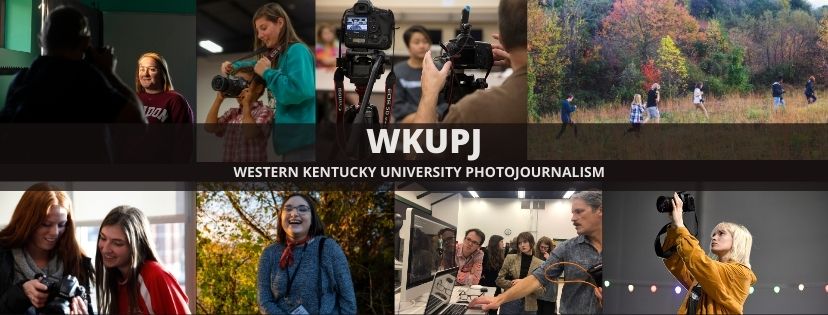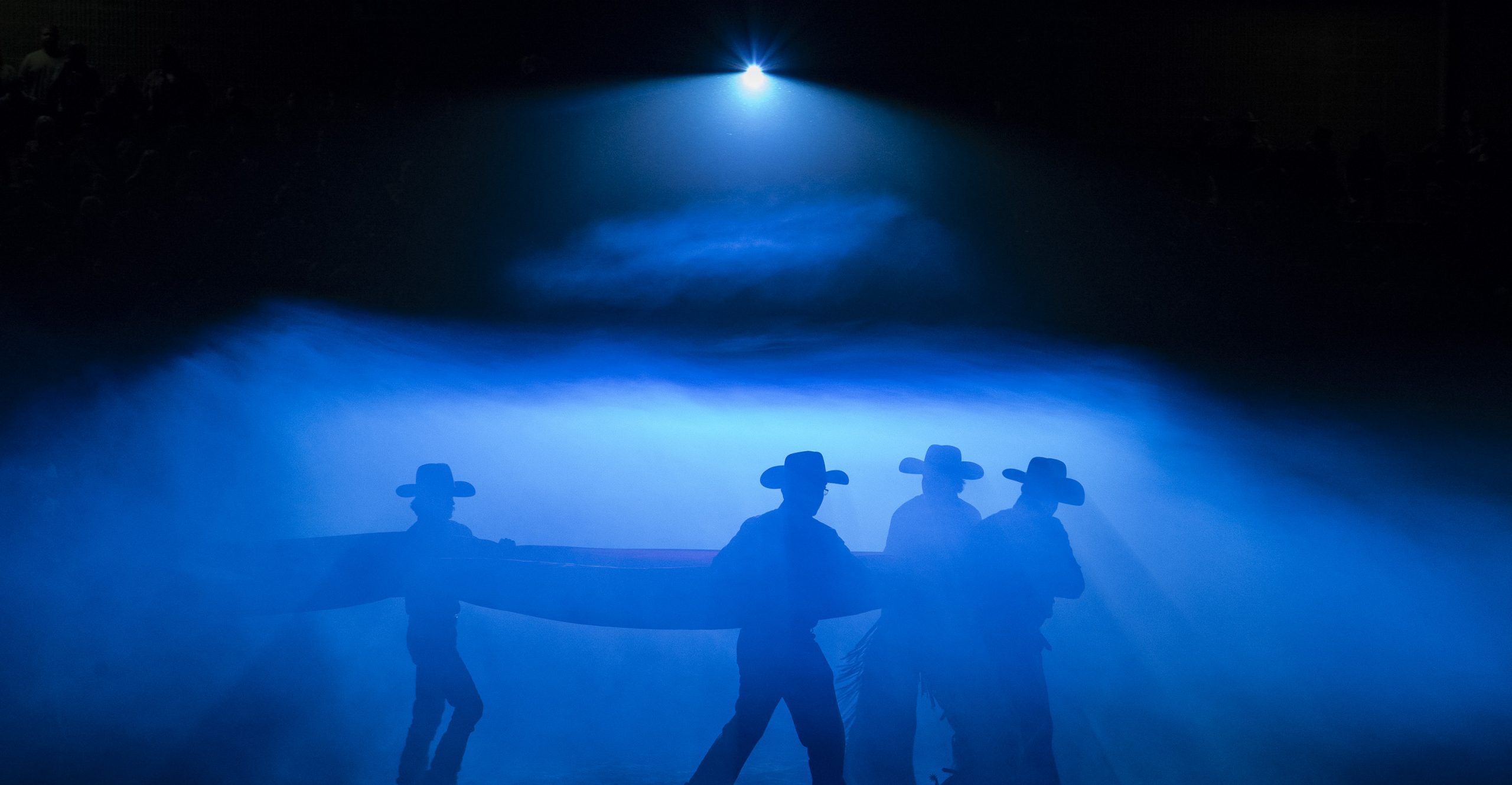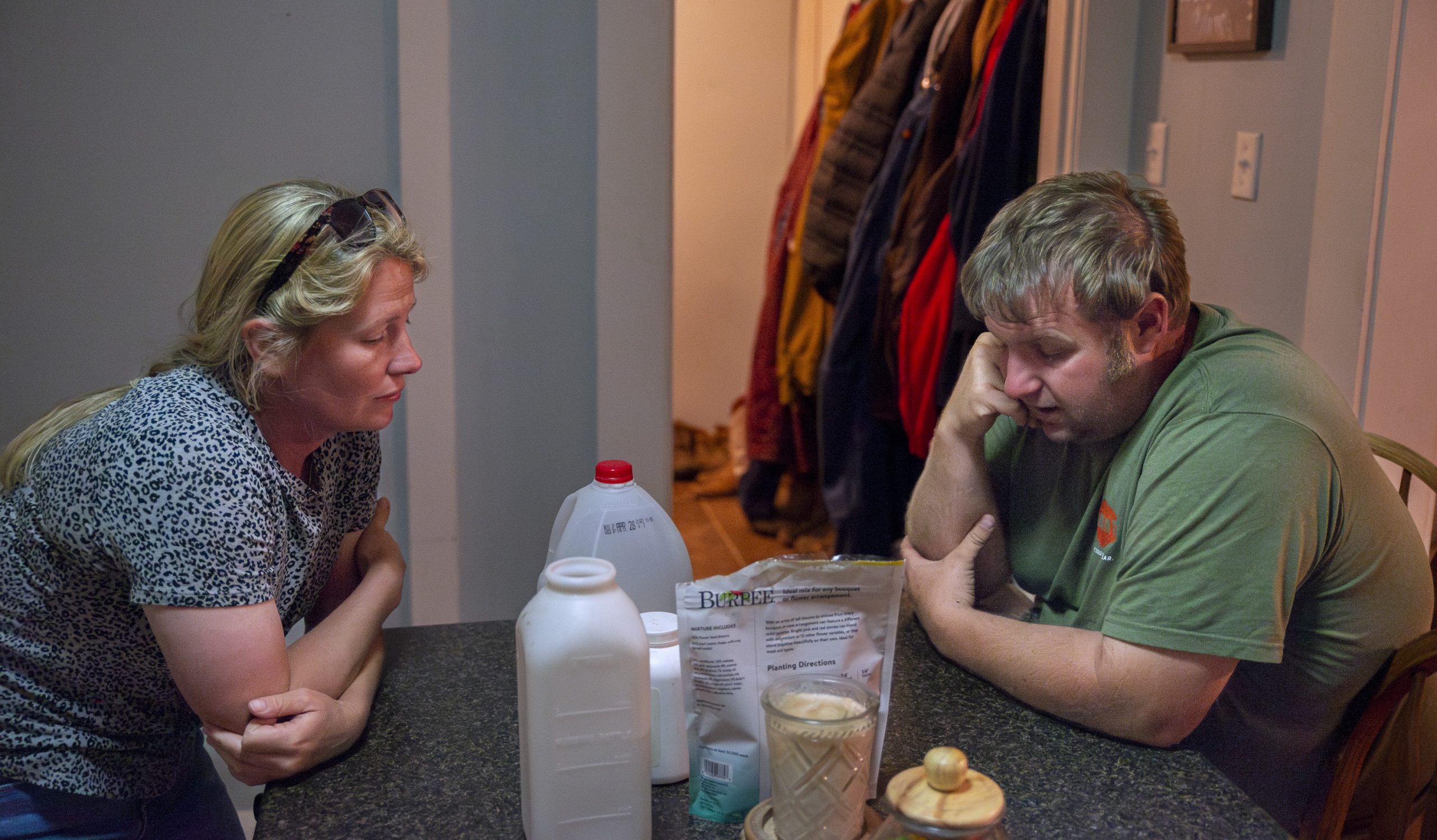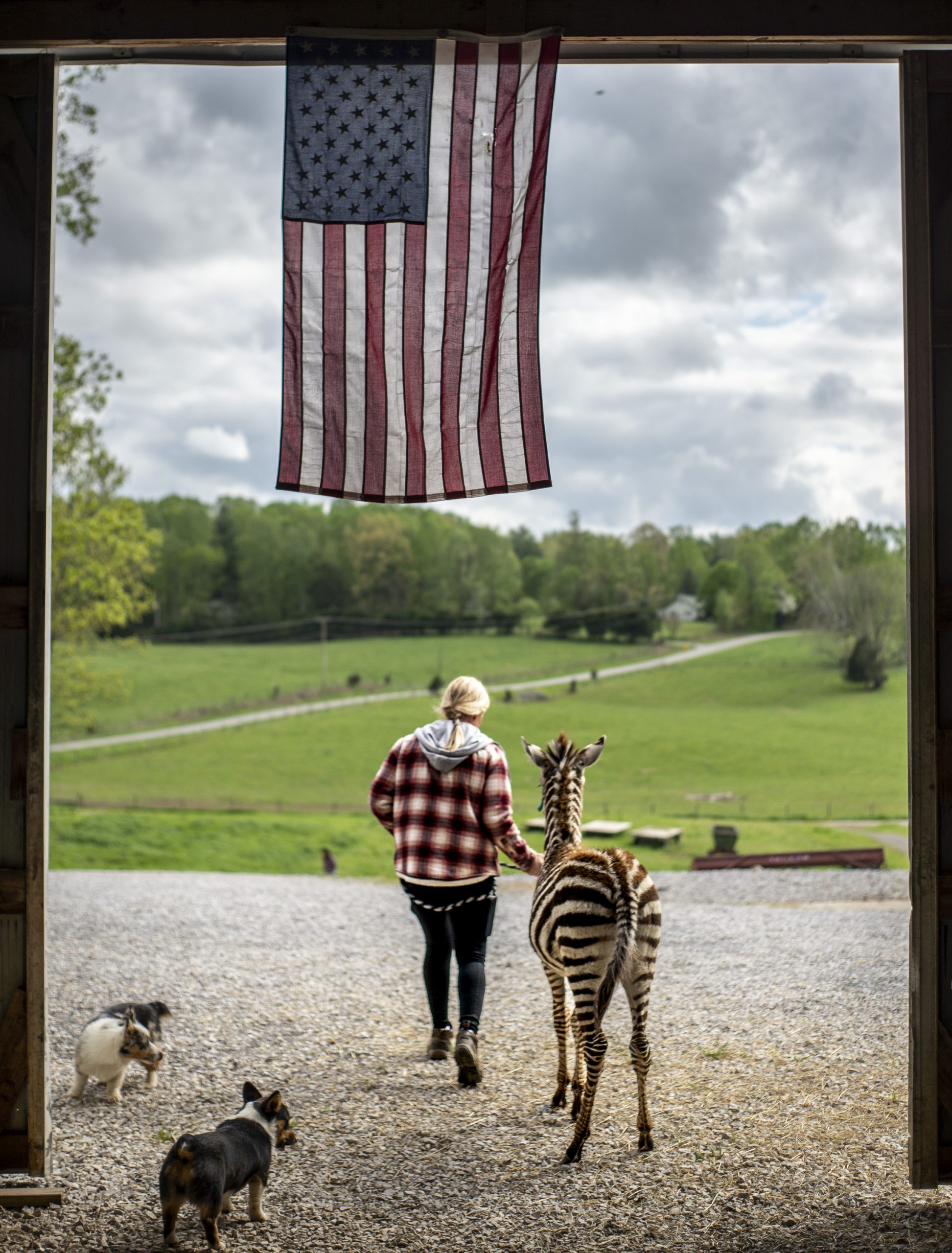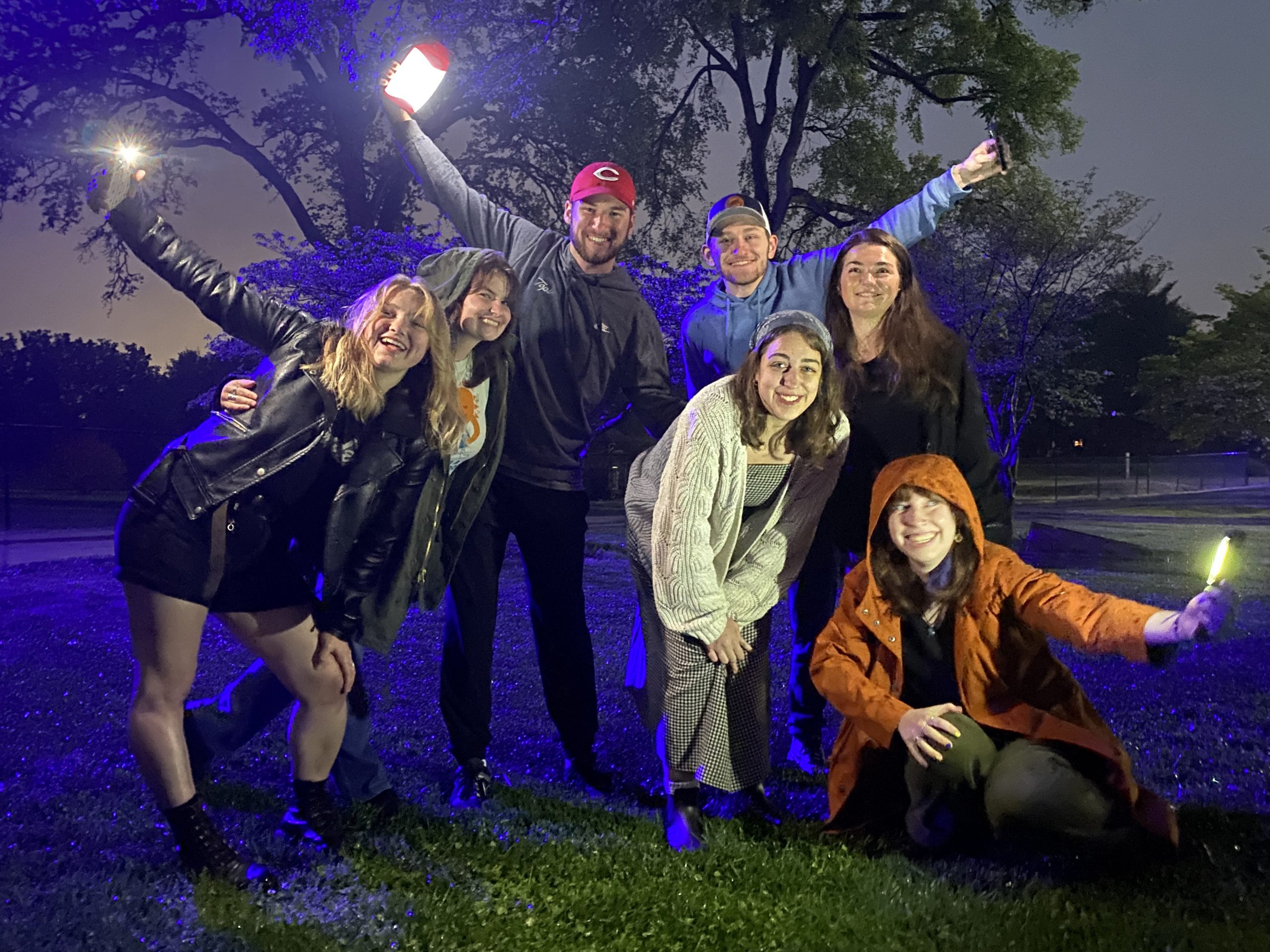2023 Capstone Projects
What happens when your freshman year of college everything shuts down for a pandemic and your a Photojournalism Major? Learn to adapt. Our graduating senior class had to learn how to engage with people when the world says to distance. When events on campus don’t resume until your junior year in college. You learn invaluable skills in an always changing world. (Example electric at our senior picnic shelter would never turn on during a rainstorm)
Students in the photojournalism sequence spend the last semester of their major working on a individual or small-team 16-week long projects. The results of their efforts can be viewed at this site:
http://wkuvjp436.tilda.ws/2023projects
Survivors by Allie Schallert and Arthur Trickett-Wile
Domestic violence is a worldwide problem, but in the U.S., Kentucky leads the proportion of women who face it.
http://wkuvjp436.tilda.ws/survivors
Champion of My Own World by Charlie Haynes
Despite challenges, boxing coach Josh “Rocky” Mata still manages to follow his passions and inspire other along the way
http://wkuvjp436.tilda.ws/championofmyownworld
Route by Gabi Broekema and Anna Leachman
A documentation of Kentuckians who work, worship and live along the historic Dixie Highway
https://wkuvjp436.tilda.ws/route
Stone of Comfort by Gunnar Word
Despite having overcome a rough childhood and unlikely odds, Ebenezer Griffith is on a journey to try and represent the United States in the Olympics in 2024
http://wkuvjp436.tilda.ws/stoneofcomfort
Tonality by Georgia Mallett
Finding a voice in identity and music
http://wkuvjp436.tilda.ws/tonality
Unbreakable Bond by Tyler Breneman and Cristina Betz
Despite their vastly different backgrounds, two sibling support one another in a way no one else can.
A Life for Them By Rhiannon Johnston
WKUPJ Sophmore Rhiannon Johnston examines the challenges faced by a refugee when you no longer have a family to watch over you.
After fleeing from the Bosnian War nearly 28 years ago, Bosnian immigrant and widowed mother, Sedja Jusic faces the realities of living in the United States alone.
The Life After, By Arthur H. Trickett-Wile
WKUPJ junior, Arthur H. Trickett-Wile looks at the challenges one faces while being a force to challenge students on a daily basis.
Dr. Craig T. Cobane built the Western Kentucky University’s Mahurin Honors College from the ground up, working tirelessly and enthusiastically around the clock. But during an exploratory shoulder surgery last year, the surgeon found something that would change his life forever.
Coming Alive By Allie Schallert
WKUPJ Senior Allie Schallert looks at the paths one chooses and the influence family has over those choices.
Karen Davis was recognized from a young age for her artistic talent and was frequently encouraged to pursue it professionally. But without parents that properly encouraged her skills growing up she struggled to find her direction as an artist into adulthood.
To view the entire project: http://advancedshortform.tilda.ws/comingalive
Carry On
From the moment the world learned of the death of Queen Elizabeth II on the evening of September 8, 2022, to the funeral held at Westminster Abbey on September 19, 2022, could be described as a fever dream. The city of London was still simmering with activity as it always has, but a blanket of calm and quiet sadness cloaked the streets. Citizens dressed in black and adorned in medals representing their service waited in the queue zig-zagging along the banks of the Thames to see the casket of their queen and to pay their respects to the monarch who dedicated 70 years of her life to her people.
WKUPJ student Gabi Broekema, who was studying a semester in Denmark, took the opportunity to hop over to London to document this historic event.
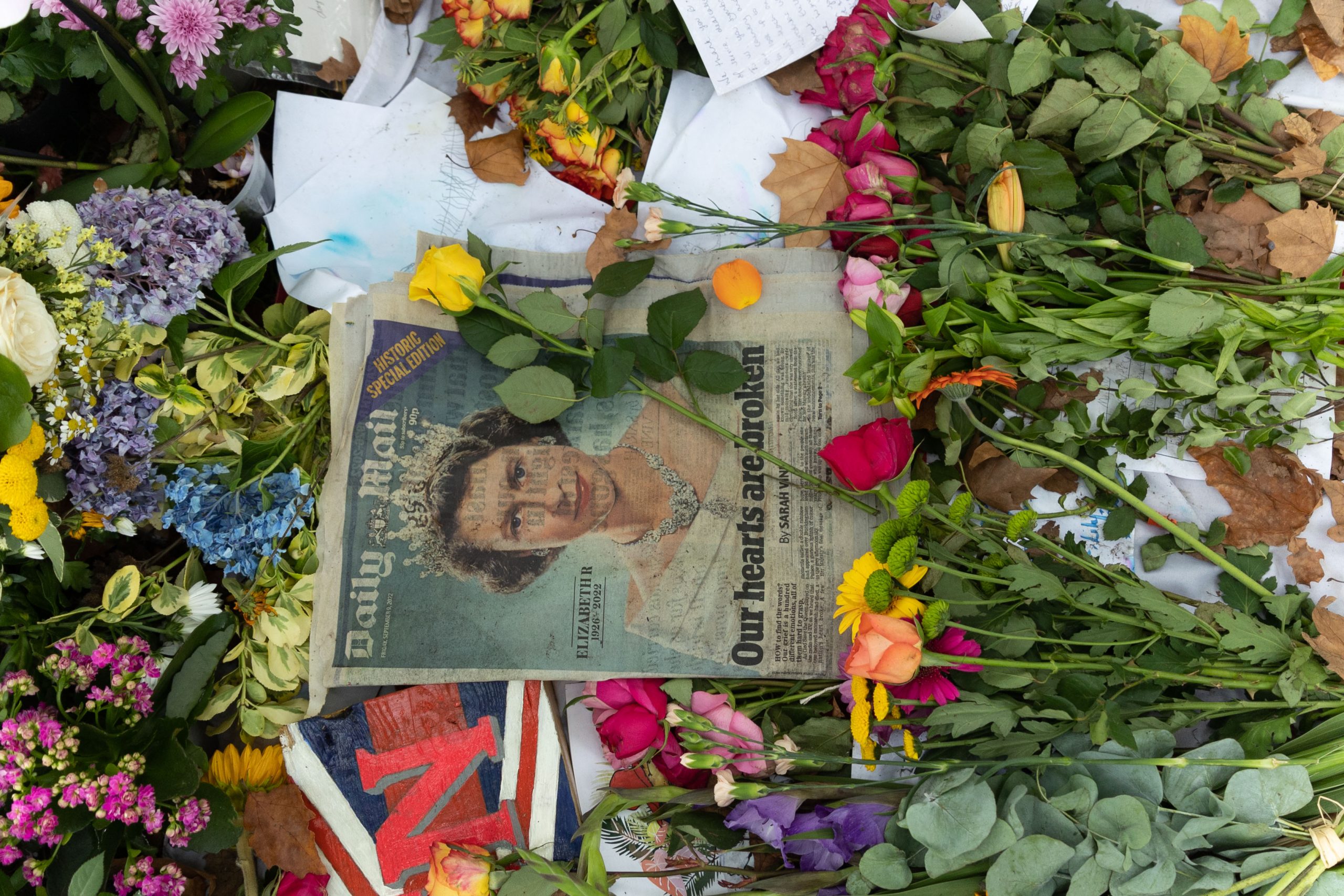
Scenes from across London, England, of people mourning of the passing of Queen Elizabeth II and looking forward to a new era with the recently appointed King Charles III.
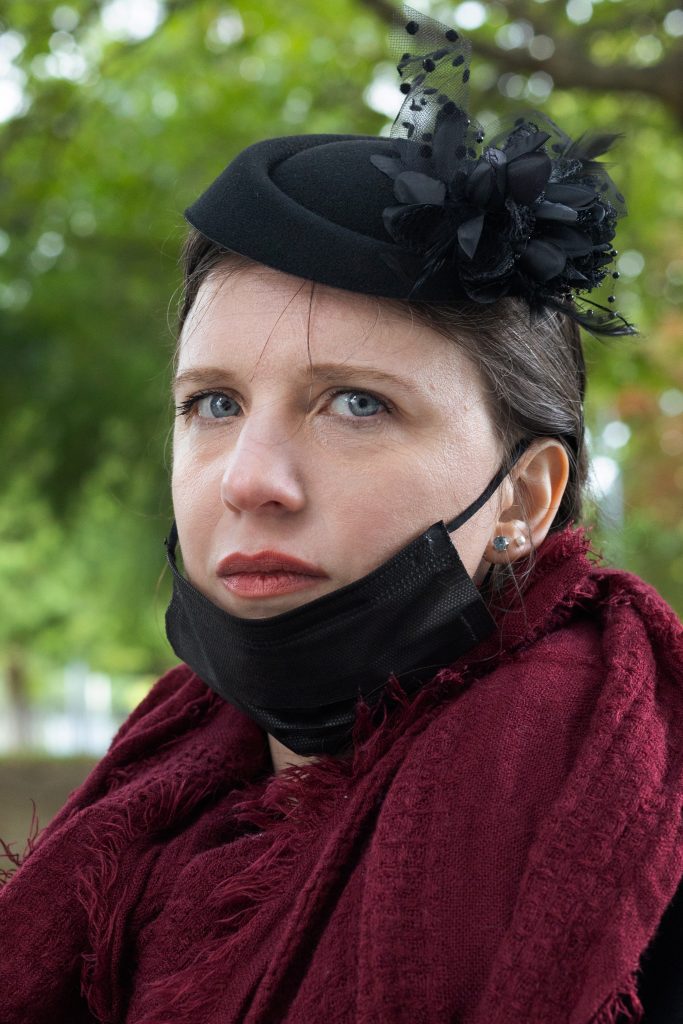
Julia Finder poses for a portrait after waiting nearly 8 hours in the que to pay her respects to Queen Elizabeth II’s casket as she laid in-state at Westminster Abbey on Friday, September 16, 2022. “It’s my queen,” Finder says. “I would have even waited 12, 15 hours.”
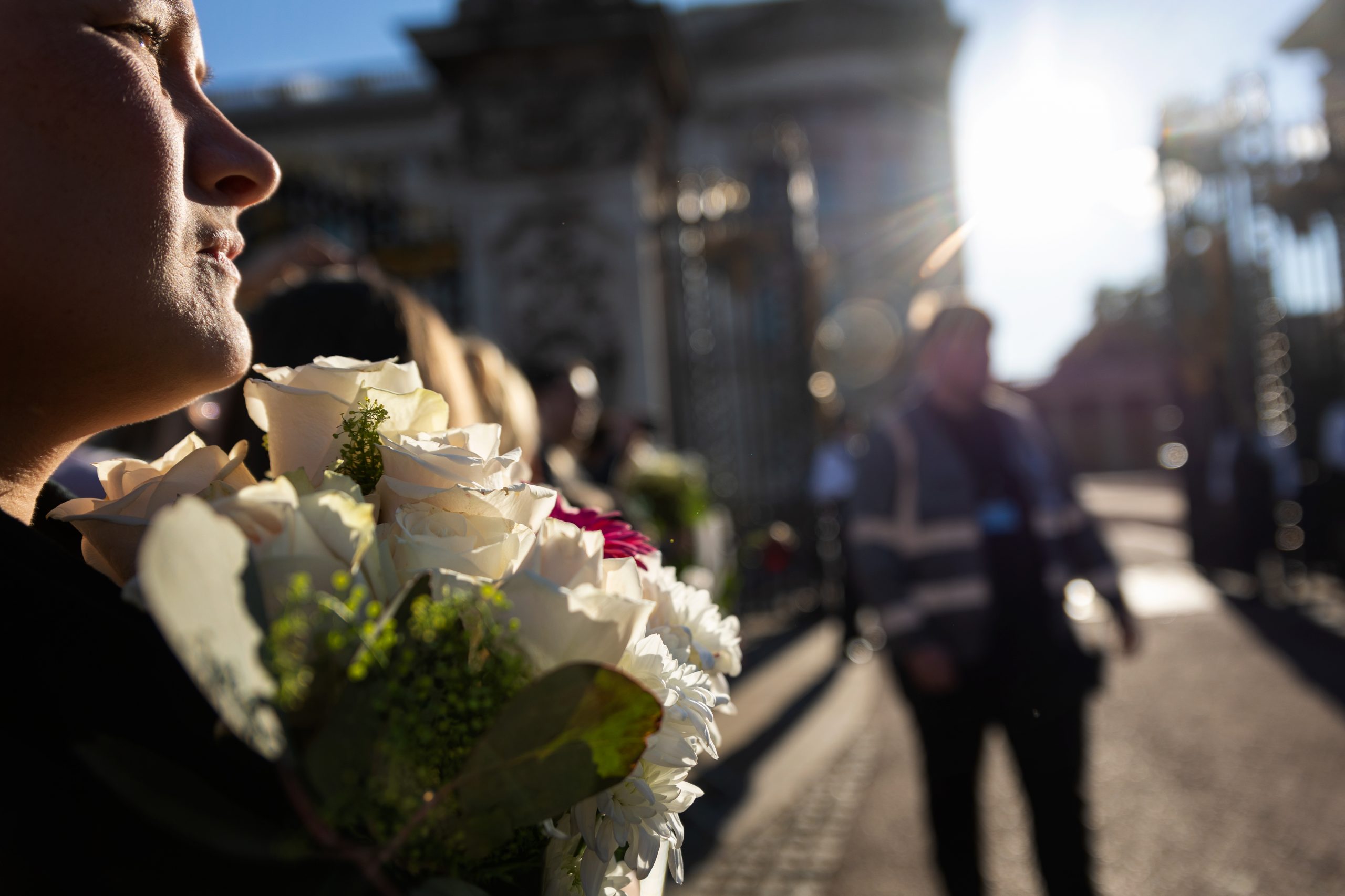
A mourner pauses on her trek to lay flowers at the Green Park floral tribute for Queen Elizabeth II and waits for a glimpse of the recently crowned King Charles III on Friday, September 16, 2022. The King and his siblings were to stand vigil at Westminster Abbey over their mother.
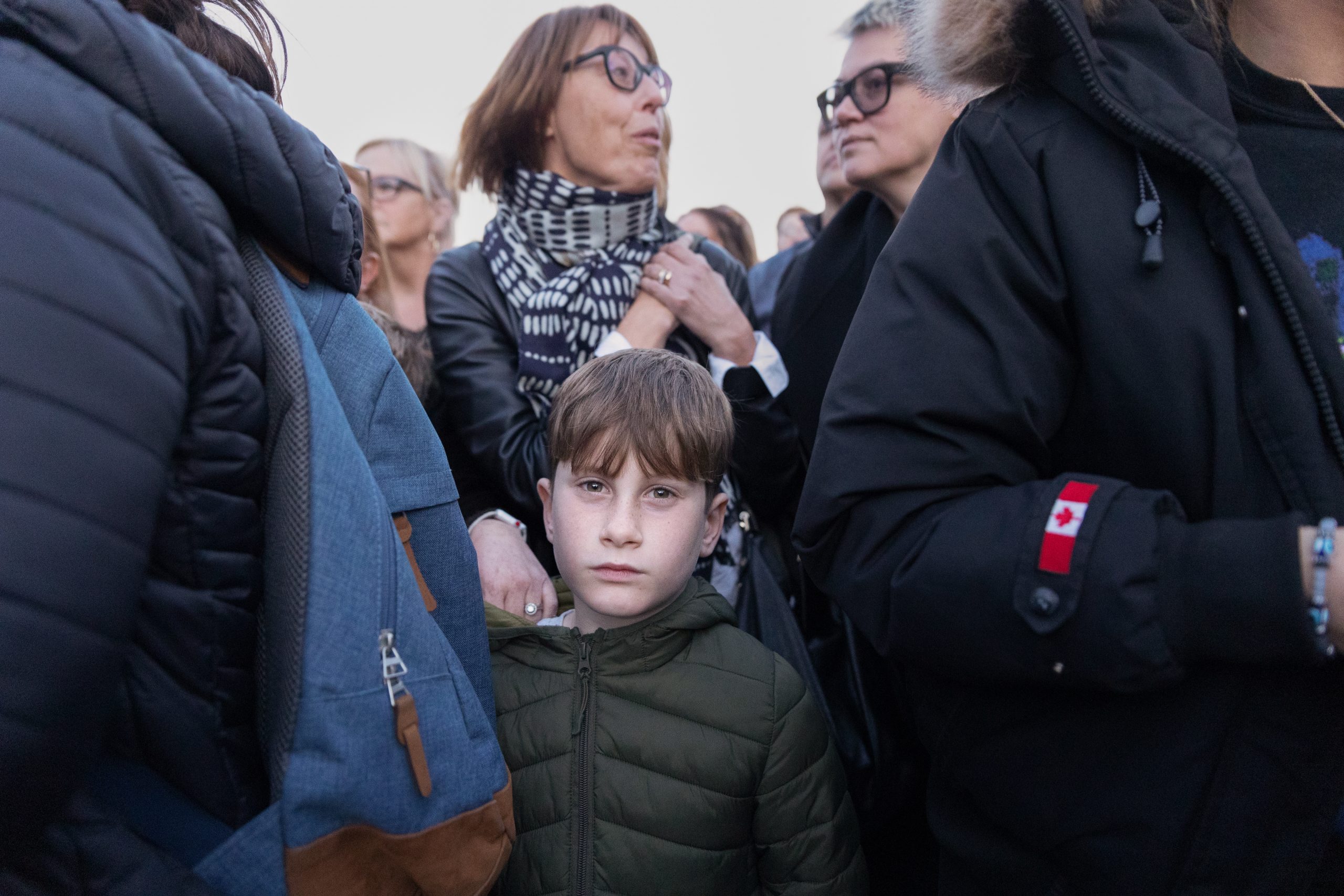
The crowd outside of Buckingham Palace gets pushed back by security to make way for the recently crowned King Charles III as he headed to stand vigil over his mother, Queen Elizabeth II as she laid in-state at Westminster Abbey on Friday, September 16, 2022. Parents and guardians keep a steel grip on their children’s coat collars while pushing forward against the wall of spectators in hopes of helping them catch their first glimpse of the new head of the monarch.
Painting by Number by Gabi Broekema
WKU Photojournalism senior Gabi Broekema during her 6-month winter internship for Mlive tells the story of a Kalamazoo artist whose durational painting project documents mass shootings as they happen across the United States.
Mass shootings inspired Pitts to take on the large-scale project. Keith Pitts launched his endeavor to create small paintings he calls “markers” — one for each mass shooting that occurs in the United States through the entirety of 2022.
Click here to view the interactive project.
Nourishing the Soul by Kennedy Gott
Kennedy Gott’s WKU Photojournalism capstone project, examines a family as they tackle the challenges of sourcing their own food in a more healthy manner.
Ellen Aldridge practices modern homesteading by growing and raising her own food on their family’s land at their home in Bowling Green, KY. The Aldridge family is living an old-school and natural lifestyle while many in society struggle with the conveniences of a fast-paced life that results in unhealthy eating.
Click here to view the interactive project.
All in for Grayson County – by Anna Leachman
As Grayson County High School’s first female principal, Lacy Cox works to build a welcoming community like she knew when she was a student there. But she finds herself pulled in two directions.
Story by Anna Leachman, a Senior WKU Photojournalism major
Growing the Legacy – by Allie Schallert
Land in Grayson County has been farmed by the Cain family for a century. The family’s passion for tending the land continues through its current owner, Sammy Cain.
Story by Allie Schallert, a Senior WKU Photojournalism Major
